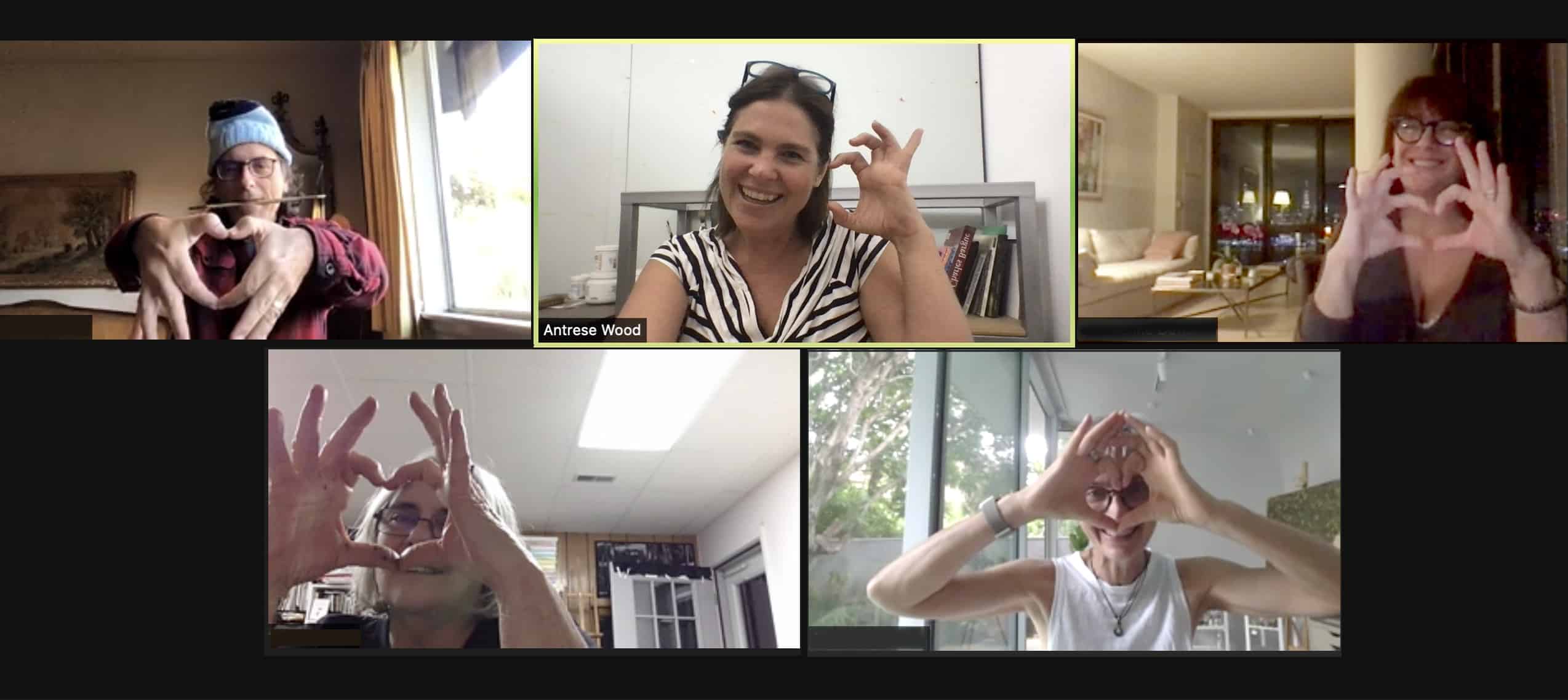A lot of artists struggle with finding their voice. To the point that some believe they don’t have one at all. This is absolutely false! Every artist has a voice, and I want to help you find it. On this episode, we’ll dive into what our voice looks like and how to listen to it, cultivating awe in your art practice, and the results you get from finding your voice.
Outline of This Episode
- [6:25] What is your artistic voice?
- [9:37] Learning how to listen to your voice
- [14:54] The practice of cultivating awe
- [23:13] The results you get from finding your voice
It was there all along
Many artists feel like they are on a great quest to find their voice. We often view it as something outside of ourselves that has to be searched for. Allow me to offer you this: Your artistic voice is already a part of you. You won’t find it in a workshop. Or in a book. And you certainly won’t find it on Instagram. Your artistic voice is the ability to express yourself and communicate as a painter. It uses colors, lines, shapes, composition, and materials to say things that normal words can’t. It is the ideas you create by connecting the dots of your individual experience. It is how you think about your art and how you think about yourself as the artist who creates it. Your artistic voice is your unique view that can’t be imitated. Not because no one will ever paint the same subject or use the same colors or techniques. It can’t be copied because no one can duplicate your thinking, vision, or obsessions. So you have a voice! The question is: How can you amplify it?
Learn what you like
The first step to finding your artistic voice is to assess. To look at your work with curiosity and ask, “What do I like?” What about your painting sparks a “hell yes!” from deep inside of you? What colors and textures light you up? Artists often struggle to answer these questions because somewhere along the way they were taught to believe it is braggy or arrogant to do so. But self-reflection is such a huge part of finding your voice. The key is not to overcomplicate it. Don’t make it an unanswerable question by trying to decide if you like what you see in perpetuity. If your answer could be yes, it’s probably a yes. The whole point is to practice discernment and coax your voice out of hiding, even if it’s been silenced for years.
Set aside what you don’t
Equally important to what you like about your work is what you don’t like. Identifying the kinds of color combinations and marks you don’t like will help bring clarity to your art-making process. Again, the key here is to keep it simple. Exploring your dislikes does not need to become a deep dive into everything you don’t like about your skill set. If you don’t like something about your current skill set, get to work on improving it. Your skill level has nothing to do with your voice. You will never stop working on or improving your skills. But having room for improvement shouldn’t stop you from getting to know who you are as a painter. We get to know who we are as artists when we’re able to say, “I like this, I don’t like that.” Every time we make that distinction, we strengthen our conviction and our voice. If this content has you fired up, listen to the entire episode for more insight on finding your voice!
Resources Mentioned on this episode
- The Savvy Painter Growth Studio
- The Savvy Painter Community
- How to Create Clarity and Focus in Your Art Practice – EP 284

